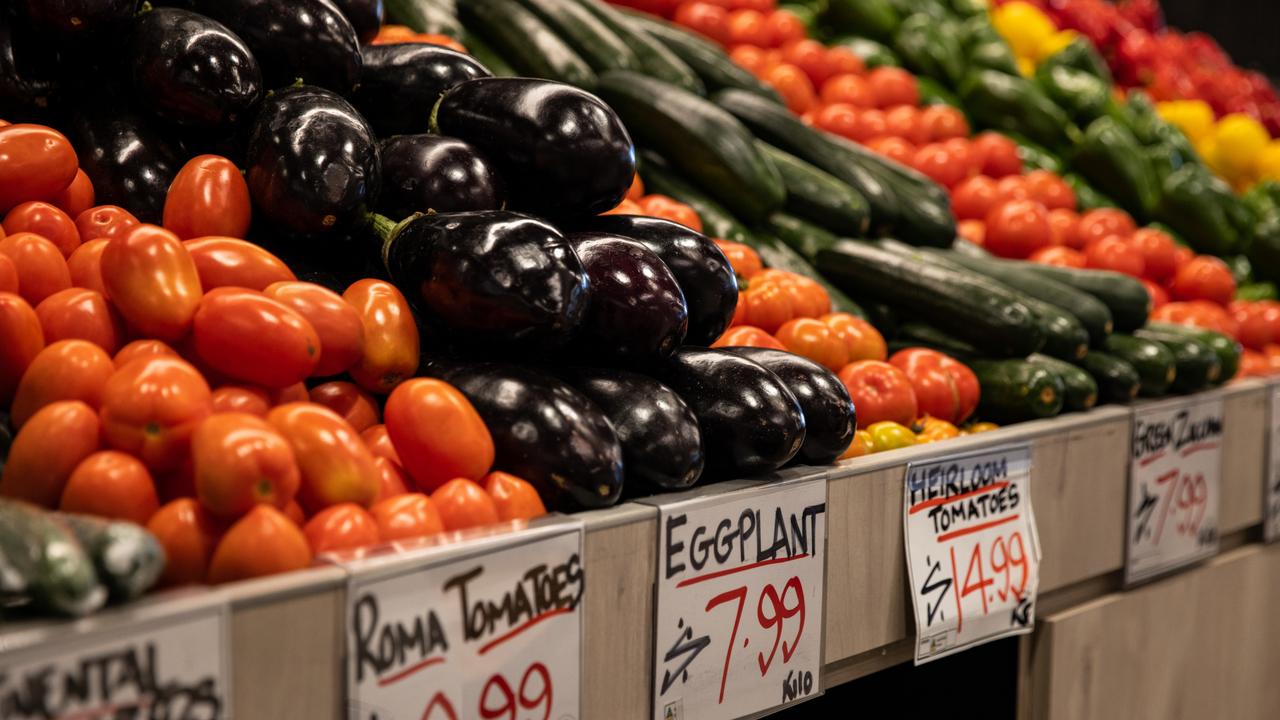The food and grocery wholesaler with thousands of stores across Australia, including IGA supermarkets, says about 60 percent of its suppliers have pursued price hikes amid rising inflation.
Metcash released its financial results for the year ended April 30 on Monday, stressing that elevated inflation has continued after that.
In its assessment of the food trade results, the company said wholesale price inflation accelerated in the year’s second half, with price increases by about 60 percent from suppliers.
The company reported that for the full year, wholesale price inflation reached 0.5 percent.
New group director Doug Jones said the company was looking at several options to curb the impact of the price increases.
“We continue to work closely with our suppliers and retailers to help shoppers manage the impact of inflation by providing lower-cost options by offering a wider range of products at competitive prices,” said Mr. Jones.
He said there was “uncertainty about future levels of inflation” and how the impact of inflation and other increases in the cost of living could affect customer behavior across Met cash’s retail networks.
Headline inflation in March rose to 5.1 percent, the highest since 2001.
According to the Consumer Price Index, the cost of food and non-alcoholic drinks alone increased by 4.3 percent between 2021 and 2022.
In terms of groceries, the cost of fruits and vegetables is up 6.7 percent in the past year, while meat and seafood are up 6.2 percent. Bread and grain products also increased by 3 percent, dairy and dairy-related products by 4.1 percent, and other foodstuffs by 4.2 percent.
Camera icon The cost of fruit and vegetables has risen by 6.7 percent in the past year. NCA NewsWire/Andrew Henshaw Credit: News Corp Australia
Reserve Bank governor Philip Lowe predicted last week that inflation would hit a 32-year high of 7 percent before the end of the year.
Treasurer Jim Chalmers has also warned that inflation could be “significantly higher” than expected.
“Inflation will be significantly higher than expected in the most recent budget of the previous administration – which was also expected at election time,” said Dr. Chalmers Sunday on ABC’s Insiders Program.
“Certainly higher than the 5.1 percent we saw in the March quarter. This inflation problem will become more difficult.
“We will work between now and July to give people the most accurate assessment of where we think this inflation challenge is headed.”
Dr. Chalmers said he would update parliament on inflation when it resumes next month, ahead of the October budget.
Camera Icon Treasurer Jim Chalmers has warned that inflation will be significantly higher than expected. NCA NewsWire / David Geraghty. Credit: News Corp Australia
Supply shortages have recently pushed prices of groceries like lettuce to as much as $11.99 each in some Australian states due to poor growing conditions.
And online marketplace eBay reported a tripling of lettuce seed sales in the past month as people tried to get around the supply problem and grow their seeds.
Others have mocked the extreme prices by thrashing lettuce leaves online for astronomical prices.
Camera Icon Some have made fun of the price hikes with online sales like this. Source: Facebook Marketplace Credit: News Corp Australia
In a speech to the American Chamber of Commerce in Australia last week, Dr. Lowe said Australia was no exception to the general inflation trend. However, it was lower than most other advanced economies.
But domestic factors also played an increasing role, including Australia’s strong recovery from the pandemic and growth in household spending that tested the economy’s ability to meet the demand for goods and services.
“Not surprisingly, this pressure on domestic capacity has led to a broadening of inflationary pressures in Australia,” said Dr. Lowe.
Inflation will not fall towards the central bank’s target of 2 to 3 percent until 2023.







